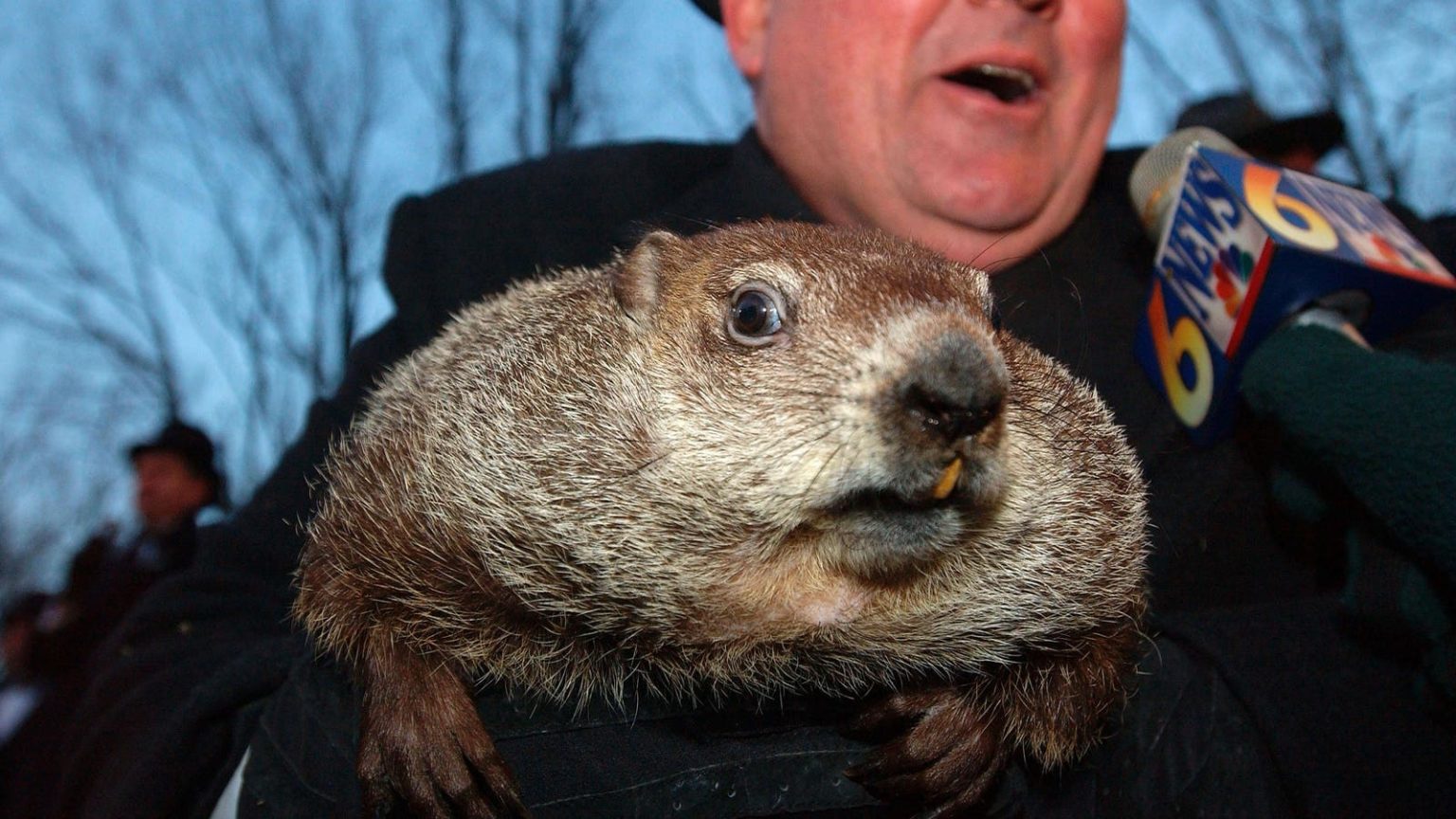A weather-related pageant takes place at Gobbler’s Knob in Punxsutawney, Pennsylvania in early February every year. A groundhog named Phil is the star of the show. Punxsutawney Phil is a combination of a folk hero and a weather forecaster. If he sees his shadow, we’re supposed to have six more weeks of winter. If he doesn’t, then we’re supposed to get an early spring. But how accurate is Phil?
Punxsutawney Phil emerged from his cold-weather snooze with a little help from his handlers on Friday and promptly failed to see his shadow. That means an early spring for 2024, according to the Punxsutawney Groundhog Club, the group that manages Phil and his Groundhog Day exploits.
It’s the National Oceanic and Atmospheric Administration’s business to know about weather and seasonal changes. NOAA’s National Centers for Environmental Information spent some time digging into Phil’s weather predictions. It’s not pretty.
NCEI shared a graphic on X that dives into Phil’s work over the last decade. The agency took a dig at Phil’s lack of college degrees, but admitted he’s “pretty cute.” If the last 10 years are anything to go by, then Phil might want to enroll in Meteorology 101.
NCEI compared Phil’s predictions with U.S. national temperature records. Phil has been right about early spring or long winter only 30% of the time over the last 10 years. He made the correct call in 2014, 2016 and 2020. It’s too soon to tell if his 2024 early-spring prediction will come true.
The graphic provides a broader view of Phil’s work since 1887. He’s seen his shadow, a harbinger of a long winter, 107 times. The burrowing mammal failed to see his shadow only 20 times. There are 10 years—including a stretch from 1891 to 1897—within this long history when no prediction was recorded. With so few early-spring predictions, that makes 2024 a rarity for Groundhog Day. It gives anyone tired of winter a reason to rejoice today.
Phil might be the most famous animal weather forecaster in the country, but he’s not alone. There are other groundhogs, as well as an aardvark, a quahog and a duck in other states that have similar jobs. Here’s how their predictions shook out this year.
NOAA acknowledges the difficulties of forecasting winter weather across the U.S. “Predicting the arrival of springtime for an entire country—especially one with varied regional climates like the United States—isn’t easy,” the agency said in Groundhog Day explainer. Phil’s predictions can come true for some parts of the country and come up short in other regions. That’s what happened during the groundhog’s very first prediction of a long winter in 1887.
Phil’s accuracy issues don’t detract from what Groundhog Day is really about. It’s a massive festival event in Punxsutawney filled with music, celebrations and tourism dollars. Phil’s annual prediction is either a beacon of hope or a minor bummer depending on how you feel about winter and spring. It’s a topic of conversation and a way for people across the country to bond over an adorable mammal that has achieved legendary status.
Ultimately, it doesn’t matter if Punxsutawney Phil gets it right or not. Spring will still come. Eventually.
Read the full article here





